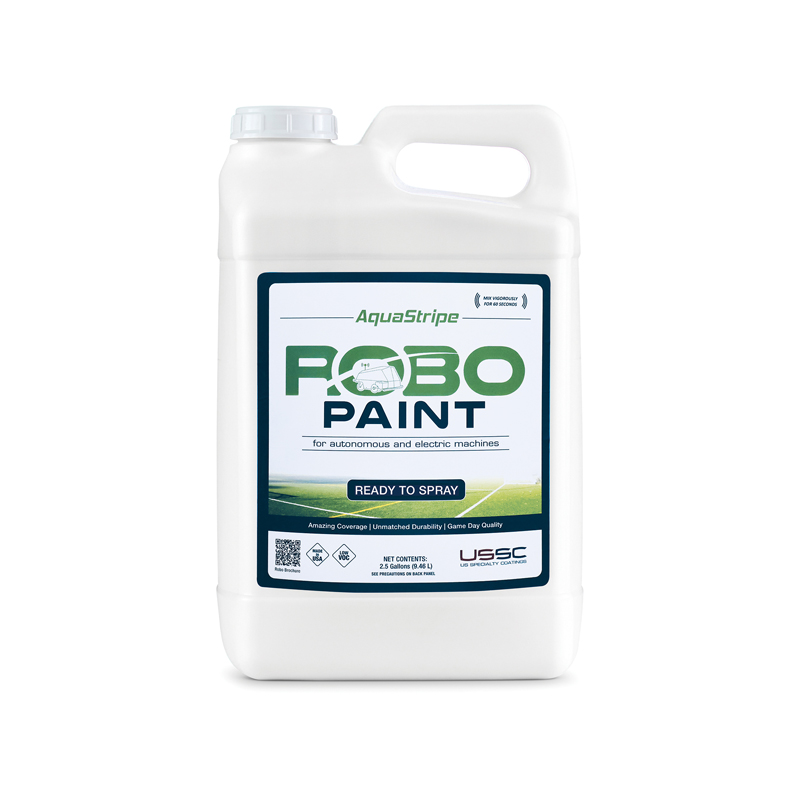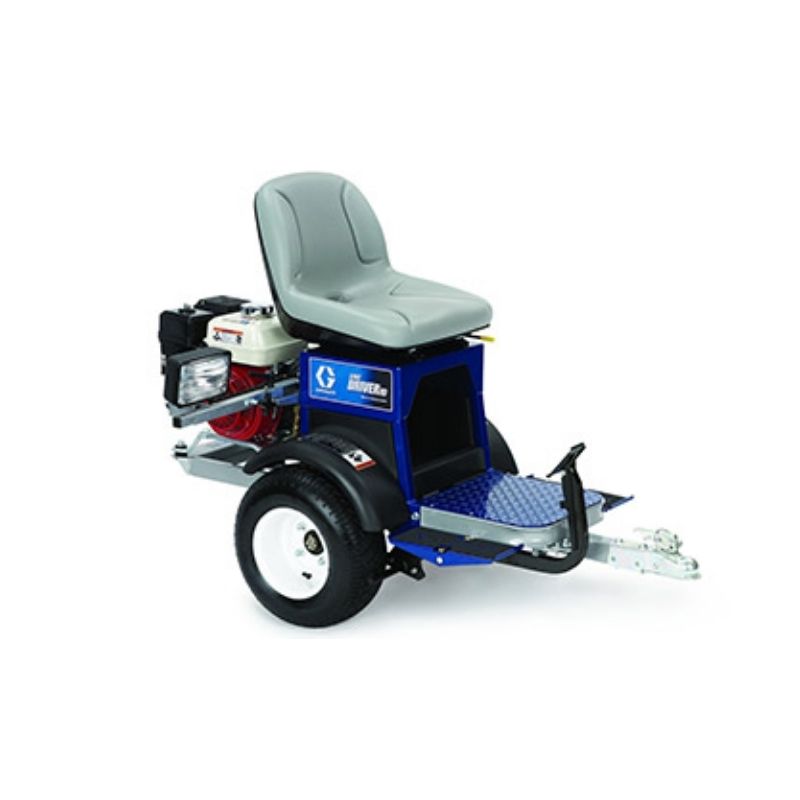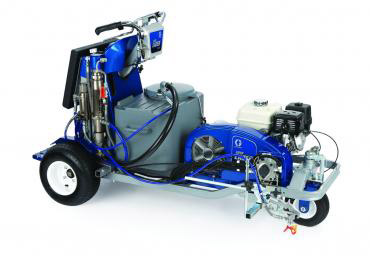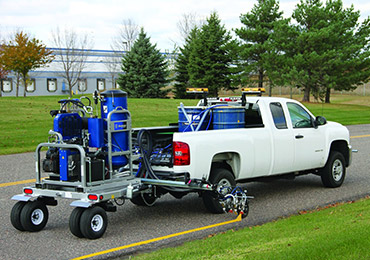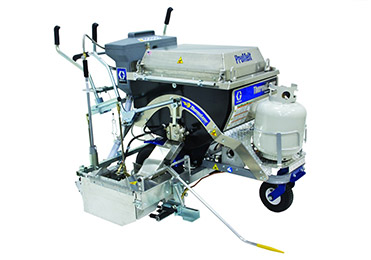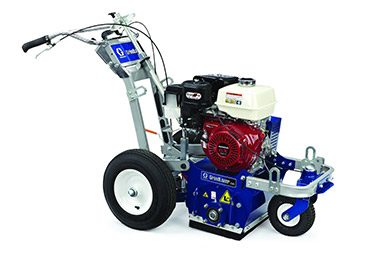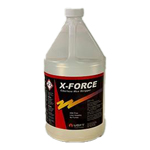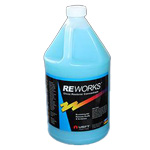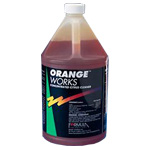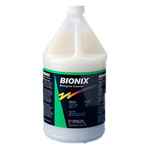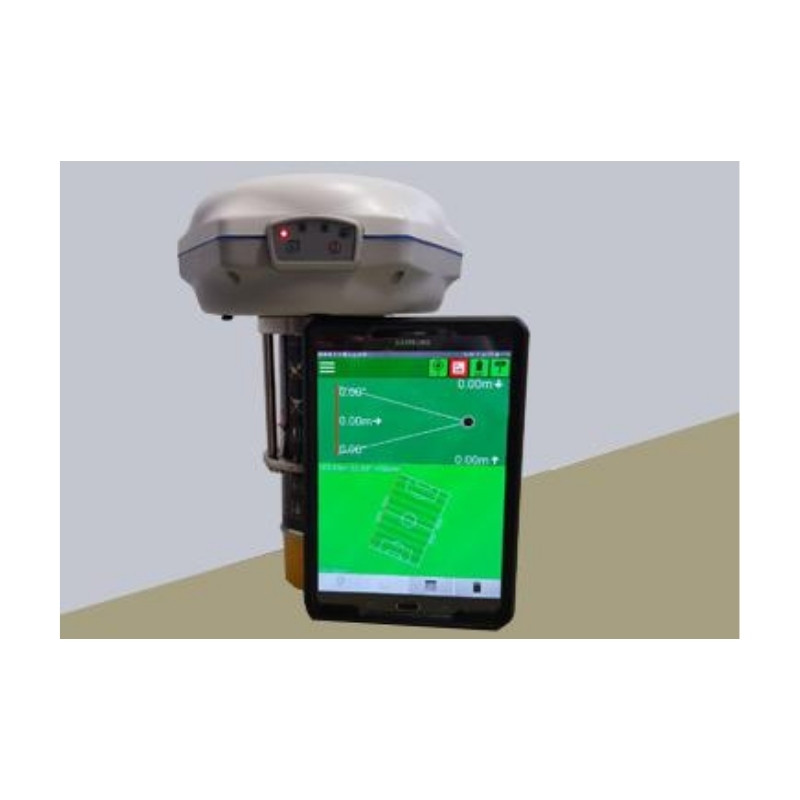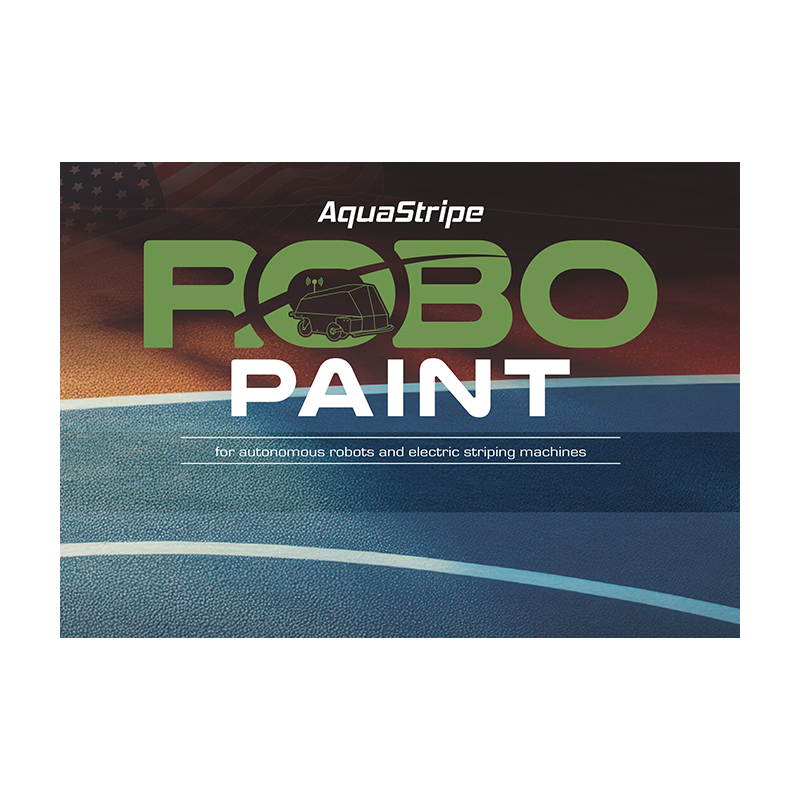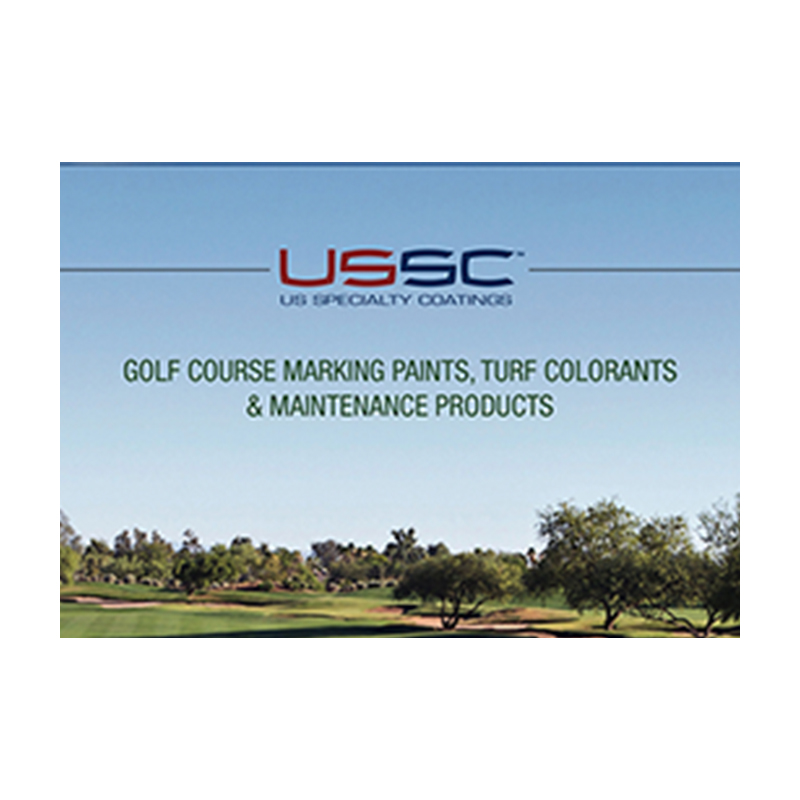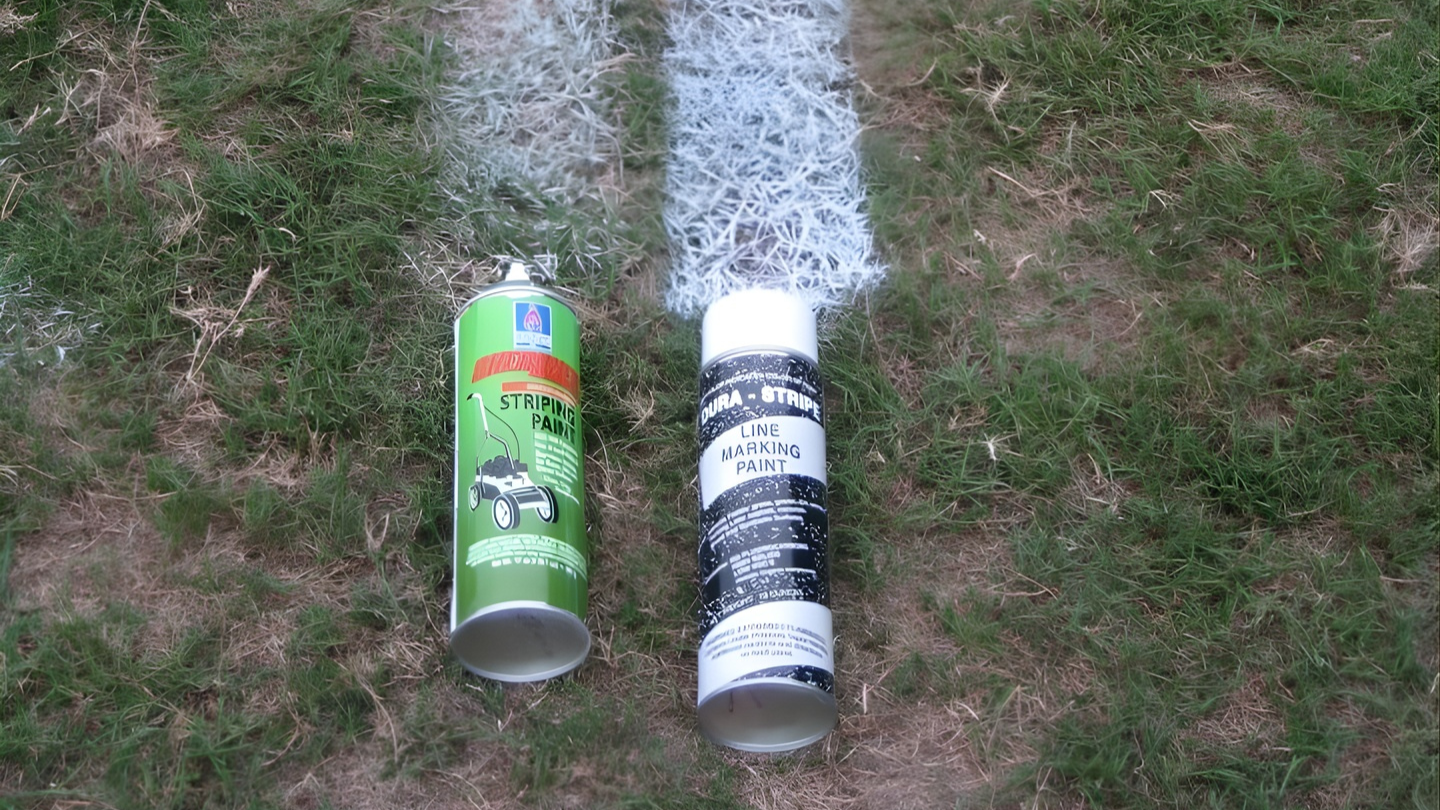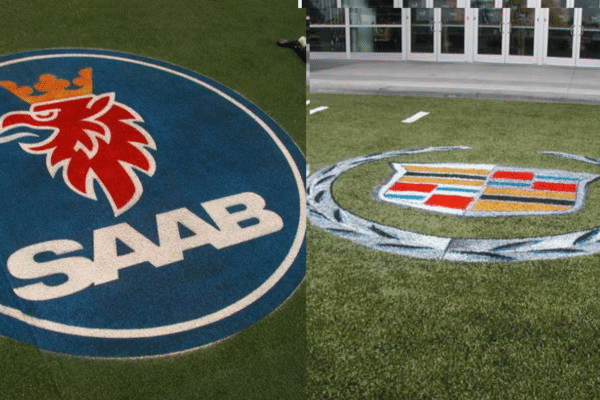How does Field Marking Paint Perform in Extreme Weather Conditions?
Curious about how field marking paint performs in extreme weather conditions? Whether you’re dealing with relentless sun, heavy rains, or freezing temperatures, understanding the paint’s performance is key to maintaining clear and durable markings. This blog explores the impact of different weather conditions on how field marking paint performs in extreme weather conditions and provides practical tips for optimal application and maintenance.
Key Takeaways
- Field marking paint performance is heavily influenced by weather conditions, necessitating careful selection of UV-resistant, moisture-resistant, and cold-weather paints for optimal durability.
- Proper surface preparation and maintenance, including regular inspections and touch-ups, are essential for maintaining the visibility and effectiveness of field markings across varying weather conditions.
- Advancements in field marking paint technology, including eco-friendly formulations and smart paint technologies, enhance durability, sustainability, and performance while adapting to extreme weather challenges.
Understanding the Impact of Weather on Field Marking Paint
Weather conditions significantly influence the visibility and longevity of field marking paint. Factors like the sun and weather conditions significantly influence the visibility and longevity of field marking paints. Factors like sun exposure, rain, and freezing temperatures can degrade the paint, leading to faded and less effective markings. Regular maintenance and touch-ups are crucial for extending the durability of field markings.
In addition to using durable bulk field marking paints, understanding how different weather conditions affect field marking paints will help you select the appropriate products and apply them correctly to ensure optimal performance and longevity.
Effects of Sun Exposure and Heat
Sun exposure and extreme heat can take a toll on field marking paints in several ways:
- Prolonged exposure to UV rays can cause the paint to crack and degrade its structural integrity.
- Over time, the clarity and visibility of the markings diminish, compromising the field’s aesthetics and functionality.
- Intense heat can accelerate the drying process, sometimes leading to poor adhesion and a shorter lifespan for the paint. Sunlight exposure can also contribute to these effects.
Using UV-resistant paints helps mitigate these effects. Formulated to resist sunlight damage, they maintain color and durability over time. Regular maintenance and timely touch-ups keep the markings vibrant and effective. Professionals often refer to the best methods for effectively removing field marking paint when refreshing faded lines to maintain pristine field quality.
Rain and Moisture Challenges
Rain and high humidity present unique challenges for field marking paints:
- Moisture can significantly impact the adhesion and drying times.
- This can lead to issues like smudging and reduced lifespan of the paint.
- In humid or heavy rain conditions, the paint may not adhere properly.
- Improper adhesion results in blurred and less visible markings.
Moisture-resistant paints are designed to adhere well and dry quickly in wet environments. Applying paint in these conditions requires careful strategies for proper adhesion and effective drying. Ignoring moisture challenges can result in poor performance, affecting the markings’ visibility and durability. The field marking paints vs aerosol marking paints comparison also becomes relevant here, as the two react differently under high humidity, influencing your choice of materials.
Cold Weather and Freezing Temperatures
Cold weather and freezing temperatures can also affect the performance of field marking paints. Applying paint during cooler parts of the day can enhance results, as it avoids the rapid drying that can occur in high temperatures. However, freezing conditions can prevent the paint from curing properly, leading to weaker and less durable markings.
Using paints specifically designed for cold weather helps maintain adhesion and performance in low temperatures, ensuring clear and durable markings. Many facilities rely on robot field marking paints in these environments, as they provide precision and consistency even in less-than-ideal weather.
Choosing Weather-Resistant Field Marking Paints
 Selecting the right paint field marking paint is crucial for ensuring long-lasting performance under various extreme weather conditions. Factors such as surface compatibility, expected weather conditions, and the intensity of usage must be considered.
Selecting the right paint field marking paint is crucial for ensuring long-lasting performance under various extreme weather conditions. Factors such as surface compatibility, expected weather conditions, and the intensity of usage must be considered.
High-quality paints often contain durable materials that enhance longevity and performance in harsh environments, making them essential for maintaining clear and visible markings with high-quality paint. However, not all paints offer the same level of durability and performance.
UV-Resistant Paints for Sun Exposure
UV-resistant paints maintain the integrity of field markings under prolonged sun exposure by preventing UV-induced fading, ensuring clarity and visibility over time. High-quality UV-resistant paints significantly extend the lifespan of the markings, making them a valuable investment for sun-exposed fields.
Selecting the right UV-resistant paint means opting for products with exceptional durability and weather resistance. These paints withstand the harsh effects of sunlight, maintaining color and clarity for extended periods. Regular touch-ups and maintenance keep the markings vibrant and effective.
Moisture-Resistant Paints for Wet Conditions
Designed for humid or rainy conditions, aerosol field marking paints prevent smudging and ensure adherence in wet environments. Maintaining line visibility and durability, these paints are essential for long-lasting and clear field markings in adverse weather.
Choosing high-quality moisture-resistant paints with superior adhesion and quick drying times helps prevent smudging and fading, ensuring sharp and visible markings. Experienced professionals often reference tips for choosing the right aerosol field marking paint for different sports fields to select the most reliable solutions for their climate and surface type.
Cold-Weather Paints for Freezing Temperatures
Cold-weather paints:
- Maintain adhesion and performance in low temperatures, ensuring durability even in freezing conditions.
- They are essential for cold-exposed fields.
- Prevent paint crystallization, which can weaken markings.
Surface Preparation for Extreme Weather Durability
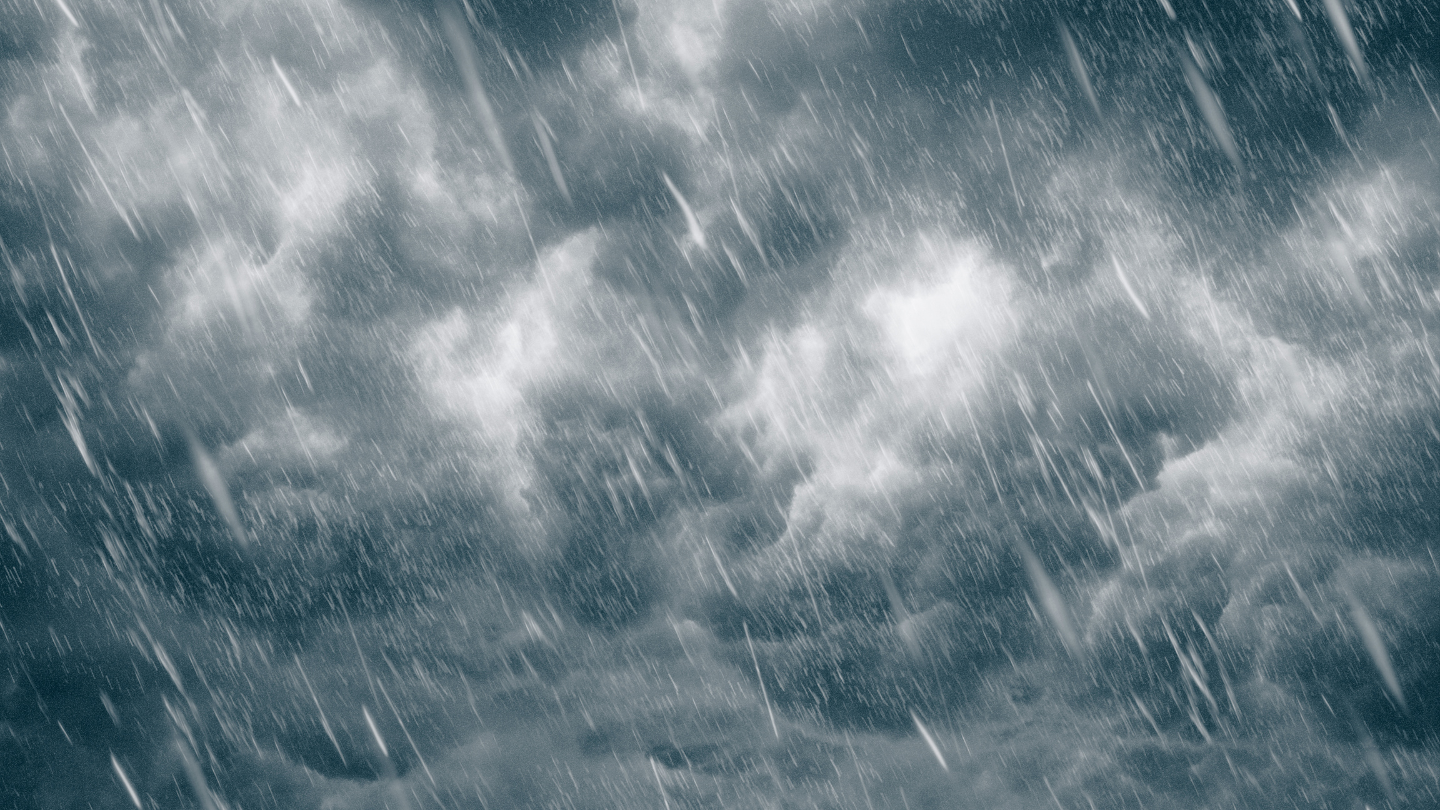 Proper surface preparation ensures lasting results with field marking paints in the paint field. A clean, dry surface free of debris or oil is crucial for optimal paint adhesion.
Proper surface preparation ensures lasting results with field marking paints in the paint field. A clean, dry surface free of debris or oil is crucial for optimal paint adhesion.
Natural grass, artificial turf, concrete, and asphalt each require specific preparation techniques to maximize marking durability and visibility.
Cleaning and Priming Natural Grass
Preparing natural grass surfaces for painting involves multiple steps to ensure readiness. Mowing the grass to an appropriate height provides a smooth surface for paint application. Cleaning debris and organic matter improves paint adherence, resulting in sharper and more durable markings.
Excess moisture can compromise the bond between the paint and the surface, causing peeling. Therefore, it is important to ensure the grass growth is dry before applying the paint.
Regular maintenance, such as mowing and clearing debris, will help maintain the quality and visibility of the road markings.
Preparing Artificial Turf for Paint Application
Using compatible cleaning solutions prevents damage when preparing artificial turf for paint application. Properly cleaning and preparing synthetic surfaces maximizes paint adhesion and longevity, ensuring clear and durable markings despite weather challenges.
Concrete and Asphalt Preparation Techniques
Preparing concrete and asphalt surfaces involves thorough cleaning to remove contaminants that interfere with paint adhesion. A pressure washing system is effective for ensuring the surface is clean and ready for painting.
Priming these surfaces improves paint adhesion and enhances long-term performance, resulting in visible and durable markings.
Application Techniques for Different Weather Conditions
Applying field marking paint requires considering climate and weather conditions to ensure optimal adhesion and durability. Different techniques are necessary for painting in hot, wet, and cold weather to achieve the best results.
These techniques help maintain clear and effective markings regardless of environmental conditions.
Painting in Hot Weather
High temperatures can accelerate the paint drying process, potentially resulting in poor adhesion if applied in excessive heat. Managing the drying rate by diluting the paint with water helps maintain viscosity and ensure even application. Applying paint during cooler parts of the day also avoids rapid drying and achieves better results.
High-quality paints formulated to withstand extreme heat help maintain marking durability and visibility. Regular maintenance and touch-ups are crucial to keep the markings clear and effective in hot weather.
Painting in Wet Conditions
Humidity impacts paint adhesion and drying, often extending drying time and increasing smudging risk before setting. Using fast-drying paints is recommended for humid weather. Ensuring the surface is dry before painting avoids smudging and achieves consistent lines.
Water-based aerosol paints are effective in wet conditions, offering quick drying times and better adherence. These paints maintain marking clarity and durability, even in high humidity or rainy environments.
Painting in Cold Weather
Low temperatures can prevent field marking paint from curing properly, affecting durability. Using paints specifically designed for cold weather maintains adhesion and performance even in freezing conditions.
Applying paint during warmer parts of the day can also achieve better results.
Maintenance Tips for Weather-Exposed Fields
Proper upkeep maintains the visibility and functionality of field markings. Routine field maintenance involves checking for wear and performing touch-ups to keep markings clear and effective.
Using high-quality athletic field marking paint and following regular maintenance tips keeps your fields in top condition, regardless of the weather.
Regular Inspections and Touch-Ups
Regularly checking field markings identifies areas needing immediate attention, ensuring longevity and effectiveness. Keeping an accurate logbook of maintenance helps monitor upkeep effectiveness and ensure consistent coverage.
Regular touch-ups and inspections are crucial for maintaining distinct and optimal playing conditions. Professionals often rely on the best methods for removing field marking paint when reapplying layers to maintain clarity.
Protective Coatings for Enhanced Durability
Specialized protective coatings enhance line markings’ resistance to environmental factors, prolonging lifespan and visibility even in harsh weather conditions, ensuring durable lines.
Applying a fresh coat of protective coatings is valuable for maintaining longer-lasting markings and effective field markings.
Seasonal Maintenance Plans
Seasonal maintenance plans proactively manage the effects of weather on field markings. Routine inspections and touch-ups address wear and tear caused by changing weather conditions, ensuring the markings remain clear and effective year-round.
Technological Advancements in Weather-Resistant Paints
Recent advancements in field marking paint technology focus on:
- Sustainability
- Enhanced durability, improving performance under extreme weather conditions
- Superior adhesion
- Color accuracy
- Weather resistance
These improvements ensure that all the differences in lasting visibility, safety, and effectiveness.
Smart Paint Technologies
Smart paint technologies:
- Adapt to environmental changes, improving performance and sustainability.
- Enable color changes based on environmental shifts, enhancing visibility and versatility.
- Emphasize eco-friendliness while maintaining sharp lines through emerging technologies.
Smart paint technologies ensure markings remain clear and effective, regardless of weather conditions, providing a reliable and innovative solution for maintaining field markings.
Eco-Friendly Formulations
Eco-friendly paint formulations are specifically formulated to be increasingly important for balancing performance and environmental safety. New formulations ensure lower environmental impact while providing high weather resistance.
Formulated with sustainable materials, these eco-conscious paints are a valuable choice for maintaining durable and clear field markings.
Specific Sports Field Requirements Under Extreme Weather
Different sports fields have unique requirements for field marking paint, especially under extreme weather conditions. Removable field marking paint is ideal for multi-sport fields, allowing easy changes in markings without damaging the surface.
Innovative paint technologies that change color in response to environmental factors enhance visibility for athletes and officials.
American Football Fields
High-quality paints help maintain straight lines and enhance visibility, which is essential for proper gameplay. Those looking for guidance often consider tips for choosing field marking paint for American football to select the most durable and regulation-compliant options.
Multi-Sport Fields
Adaptable markings are crucial for multi-sport surfaces, improving functionality and aesthetic appeal. Removable field marking paint allows easy changes in markings, essential for marking sports fields hosting multiple sports.
This flexibility keeps the field in top condition and meets each sport’s specific requirements, providing a professional and safe playing environment.
Final Thoughts
Extreme weather can significantly impact the durability, color, and visibility of sports field markings. From UV exposure and heavy rainfall to freezing temperatures, each condition requires specialized preparation, paint type, and maintenance strategy. Using high-quality paints suited to the specific climate—such as UV-resistant, moisture-resistant, or cold-weather options—ensures that markings remain sharp and long-lasting. Regular inspections, touch-ups, and proper surface care further extend the life and clarity of your lines.
At US SPECIALTY COATINGS, we understand the importance of reliable and weather-resistant field marking paint. Our advanced formulations are engineered to deliver outstanding adhesion, vibrant color retention, and superior durability under all environmental conditions. Whether for professional sports fields or community grounds, we provide innovative solutions that keep your fields looking precise, professional, and game-ready year-round.
Frequently Asked Questions
What are the main factors that affect the longevity of field marking paint?
The main factors affecting the longevity of field marking paint include the type of surface it’s applied on, exposure to weather conditions, and the frequency of use. Understanding these elements can help you select the right paint for durability.
How do UV-resistant paints help in maintaining field markings?
UV-resistant paints enhance the longevity and visibility of field markings by preventing fading and degradation from UV rays. This ensures that markings remain clear and distinct over time.
Why is surface preparation important for field marking paint?
Surface preparation is crucial for ensuring optimal paint adhesion, which leads to sharp, durable lines that can endure heavy traffic and various outdoor conditions. Taking the time to prepare the surface correctly will significantly enhance the longevity and effectiveness of the field marking paint.
What are the benefits of using moisture-resistant paints in wet conditions?
Moisture-resistant paints ensure excellent adhesion and quick drying in wet conditions, helping to prevent smudging and preserving line visibility. This makes them ideal for use in environments prone to high humidity or water exposure.
How do smart paint technologies improve field marking performance?
Smart paint technologies improve field marking performance by adapting to environmental changes, enhancing visibility, and promoting sustainability through color adjustments based on conditions. This innovative approach ensures markings remain effective and reliable in varying weather scenarios.









